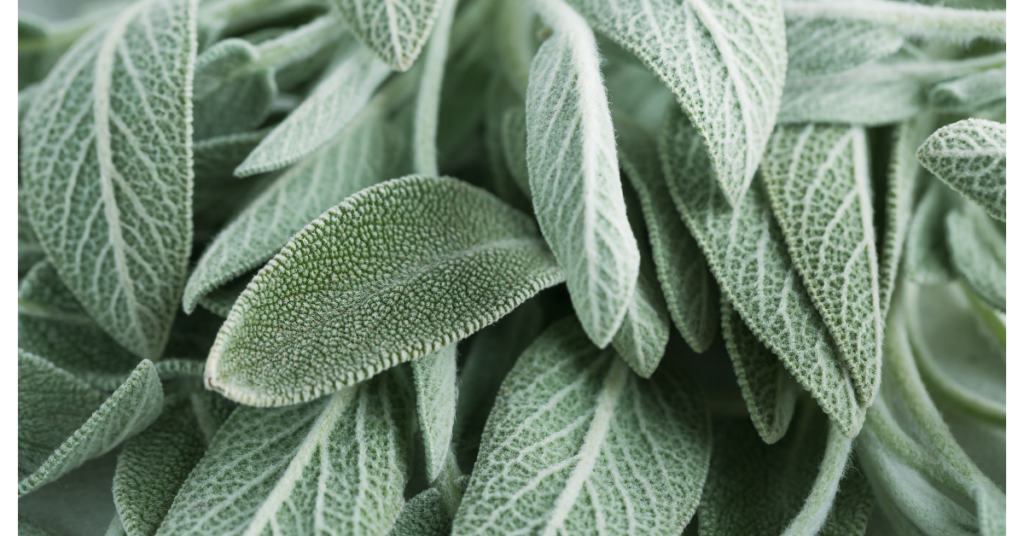Sage (Salvia officinalis)
There are more than 750 species of sage worldwide. Although most commonly used in cooking, this herb has many medicinal uses. In fact, officinalis denotes that it has been used medicinally for many years.
Sage also has shamanic uses: A variety in Central America is used for its hallucinogenic properties, and sage has long been favoured as a constituent in smudge sticks, made to cure ailments by smoking out negative energies.
Salvia is derived from the Latin ‘salvus’ meaning safe, secure, and healthy; the corresponding verb ‘salvere’ means to heal and to feel healthy.
Other names: Red sage, garden sage.
Description and the places it grows in
Shrub-like with grayish-green aromatic leaves, which are collected May to June, and dried in the shade.
Parts used
Leaves.
Uses
Antiseptic, astringent, anti-inflammatory, antifungal, emmenagogue, weak hypoglycaemic.
Inflammation of mouth or throat due to infection or mouth ulcers, bleeding gums, tonsillitis, laryngitis: Use as a mouthwash or gargle; red sage is especially useful.
Slowing down production of breast milk.
Flatulence: Sage helps alleviate gastrointestinal wind.
Menopause: It helps alleviate sweating experienced with hot flushes.
Constituents
Thujone, cineol, tannins, organic acids, oestrogens, bitter compounds including pricrosalcine.
Contraindications
Do not take if pregnant or lactating, or if you have a fever.

